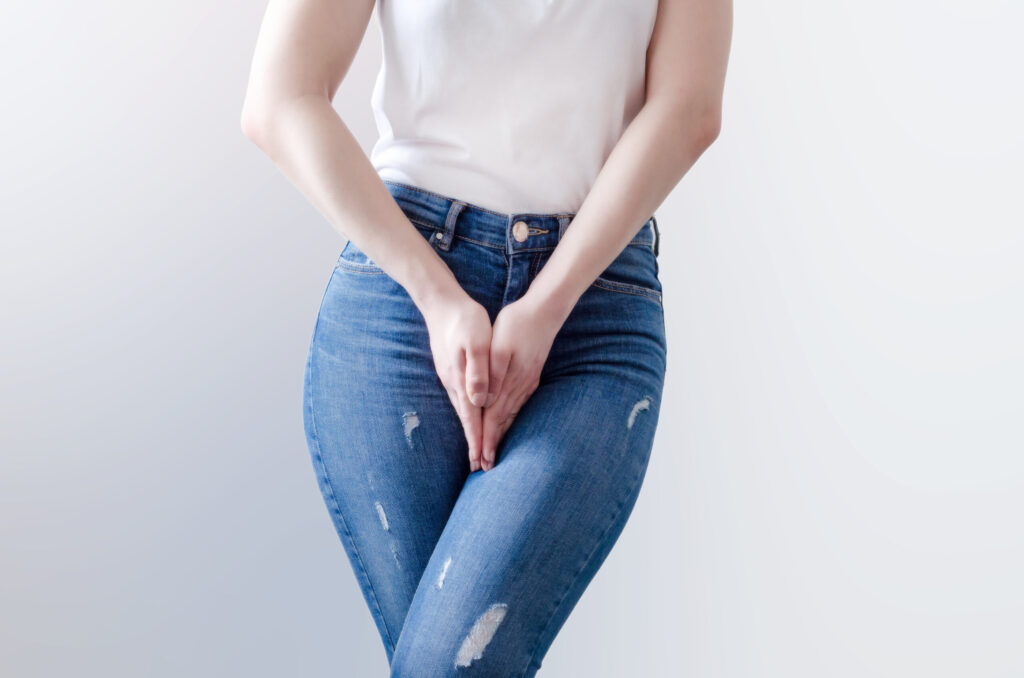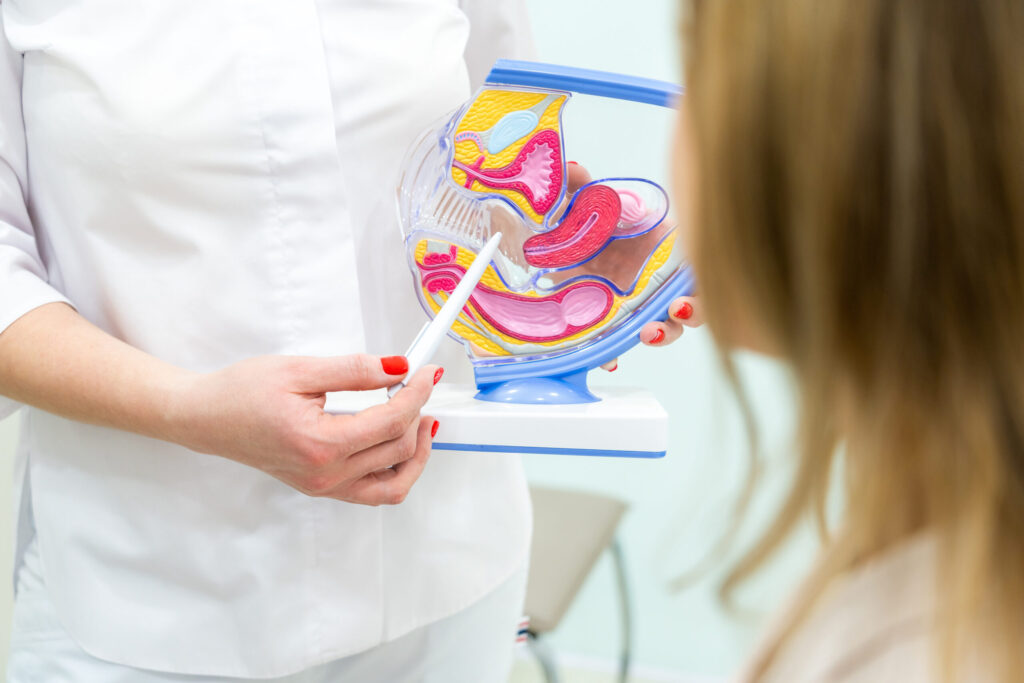Welcome to our comprehensive guide to bladder weakness and incontinence. In this article, we will provide you with detailed information about the causes, symptoms and effective solutions for bladder weakness. Our aim is to provide you with high quality information to help you develop a better understanding of this common health problem and find the best solutions.
Incontinence is a widespread health problem that affects millions of people. It is the uncontrolled leakage of urine, which can lead to social and psychological distress. The severity of bladder weakness can vary from occasional dribbling to complete involuntary urination.
The main types of urinary incontinence include stress incontinence, urge incontinence, mixed incontinence, overflow incontinence and anal incontinence.
Anal incontinence, the involuntary leakage of stool/urine, is rarely talked about, yet it is a common problem. Electrical stimulation using a vaginal/anal probe or, in some cases, surface electrodes, is a well-tolerated treatment for urge, stress, mixed and anal incontinence that shows positive results in improving bladder and bowel control.
Urinary incontinence refers to any involuntary loss of urine. Depending on the cause, urinary incontinence can be divided into further types.
The most common types of urinary incontinence are stress incontinence and urge incontinence. But how do they differ?
Stress incontinence is the leakage of urine due to increased abdominal pressure on the bladder caused by coughing, sneezing, laughing, exercise or heavy lifting. The person does not feel the urge to urinate. Due to their anatomy, women suffer from stress incontinence much more frequently than men. It is the most common form of incontinence and mainly occurs in women when the perineal and pelvic floor muscles are weakened, e.g. due to pregnancy, childbirth or the menopause.

Urge incontinence is a sudden, strong urge to urinate followed by an immediate contraction of the bladder, which leads to an involuntary leakage of urine. Both men and women are affected, especially older people. One reason for this condition may be a disruption or partial disruption of the nervous system that controls the bladder.
Mixed incontinence is a combination of stress and urge incontinence.
Anal incontinence, also known as faecal or urge incontinence, is the inability to hold gas or stool. There are many causes of anal incontinence, but the most common is injury to the ring-like sphincter muscle, e.g. during childbirth or surgery, or damage to the nerves that control the sphincter muscle. The condition usually worsens with age.
Just because someone visits the toilet more frequently does not necessarily mean that they have incontinence. The symptoms of incontinence are usually clearly recognizable and noticeable for those affected.
With urinary incontinence, those affected lose urine involuntarily, for example when they laugh, cough, sneeze or lift heavy loads. In other cases, they suddenly feel a strong urge to urinate and cannot make it to the toilet in time.
Some people also notice stool smearing or liquid stool in their underwear, which they have excreted unintentionally. This could indicate fecal incontinence.
Please note that this information is general only and should not be used as medical advice. If you have any concerns about your health or notice symptoms of incontinence in yourself or others, we strongly recommend that you consult a doctor for an accurate diagnosis and appropriate treatment options.
Incontinence therapy device Combined, EMG-triggered biofeedback system Wide range of...

The causes of incontinence can be varied and often depend on individual factors. The most common causes include
Many of those affected prefer to conceal their painful incontinence symptoms from family and friends. This not only affects their self-esteem, but also their social life. This is because many individuals who are affected gradually withdraw and spend most of their time at home. To prevent this problem from escalating to such an extent in the first place, it is advisable to recognize the signs of incontinence and, in the best case, even remedy them.
could indicate that a person may be suffering from incontinence:
There are no general treatment recommendations for incontinence. The treatment plan must be individually tailored to the cause of the incontinence, the type of incontinence and the extent of the symptoms. The earlier the incontinence is treated, the better the chances of success. This is why early detection and advice are important precursors to prevention and symptom control in the case of incontinence.
Here is an initial overview of possible treatment methods for incontinence:

The treatment of incontinence should always be individually tailored by the responsible doctor, as there are various forms of this problem. The question of effective solutions for incontinence therefore has numerous answers.
One of the most popular and natural therapy methods is pelvic floor training. This method has proven to be extremely effective, especially for stress and urge incontinence, without any medication, but with a certain amount of training.
However, the problem with conventional pelvic floor training is that it often cannot be carried out correctly and therefore often does not bring the desired success.
Electricity has also been used successfully for many years to improve the pelvic floor muscles.
Clinical studies have proven the high effectiveness of EMS and biofeedback in the treatment of urinary and faecal incontinence. The mode of action is based on the use of pleasant electrical impulses that stimulate motor nerves in the affected muscle. The contractility of the pelvic floor muscles and the bladder sphincter are improved.
In the case of urge and mixed incontinence, a cure or significant improvement is achieved for many of those affected. In the case of stress incontinence, an improvement can be expected in most cases.
Urinary incontinence occurs more frequently and can be further subdivided:
HELLER MEDIZINTECHNIK GmbH & Co. KG has been a certified medical technology company for over 25 years and has many years of experience in designing solutions in the field of electrical nerve and muscle stimulation.
2025 © HELLER MEDIZINTECHNIK GmbH & Co. KG